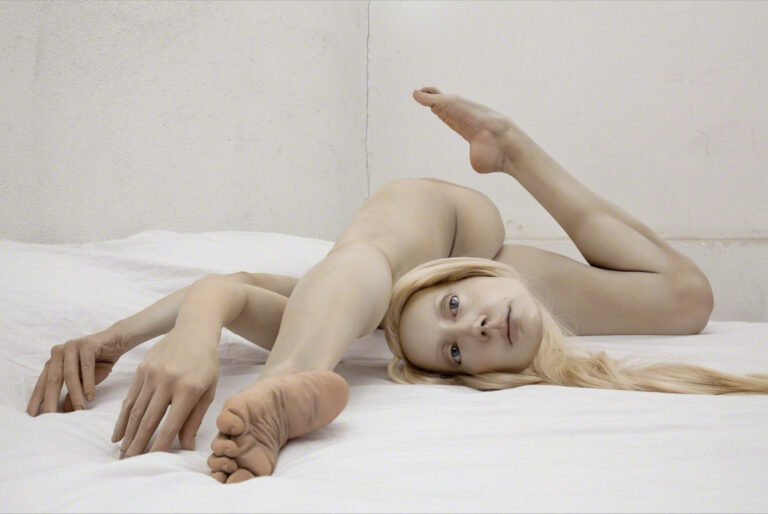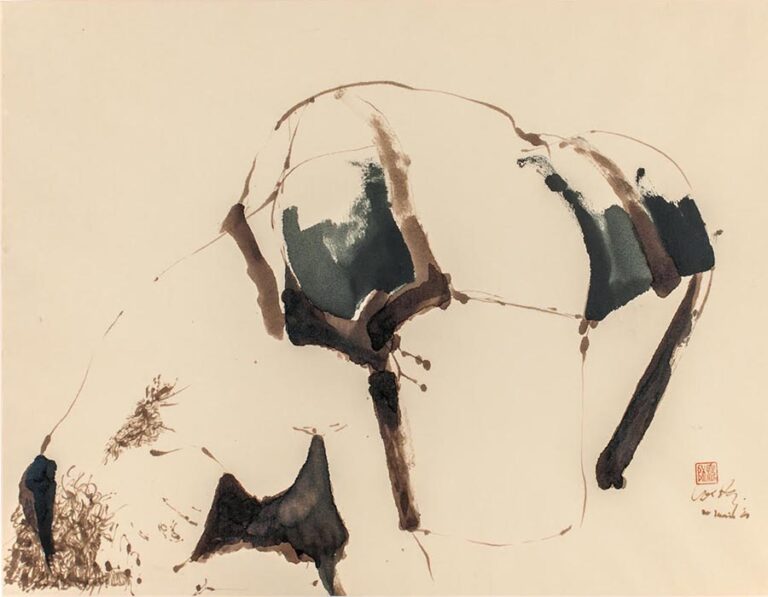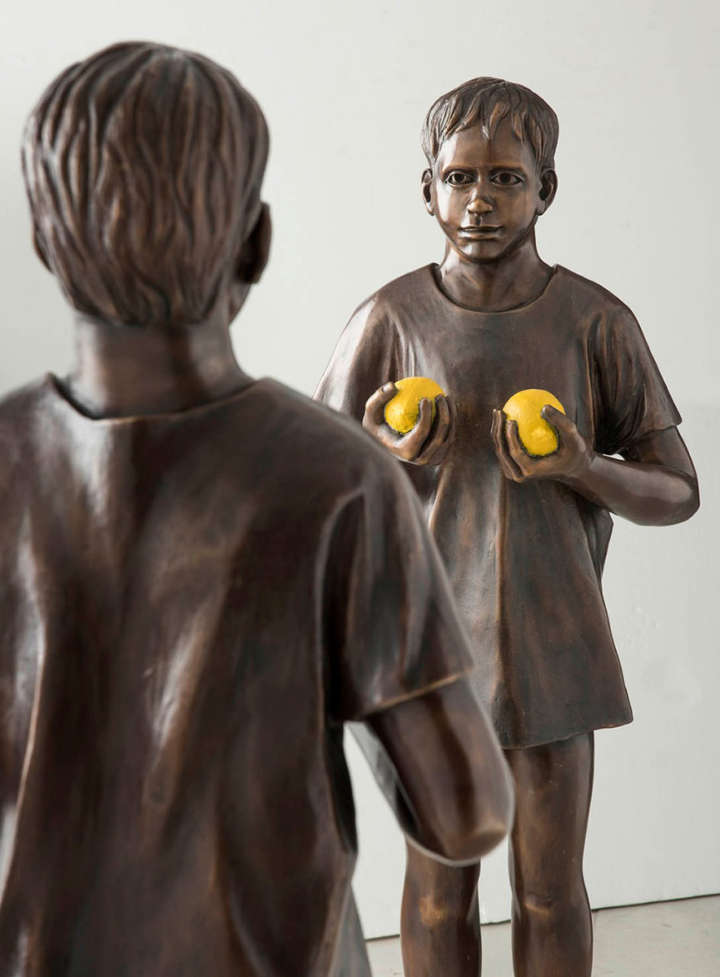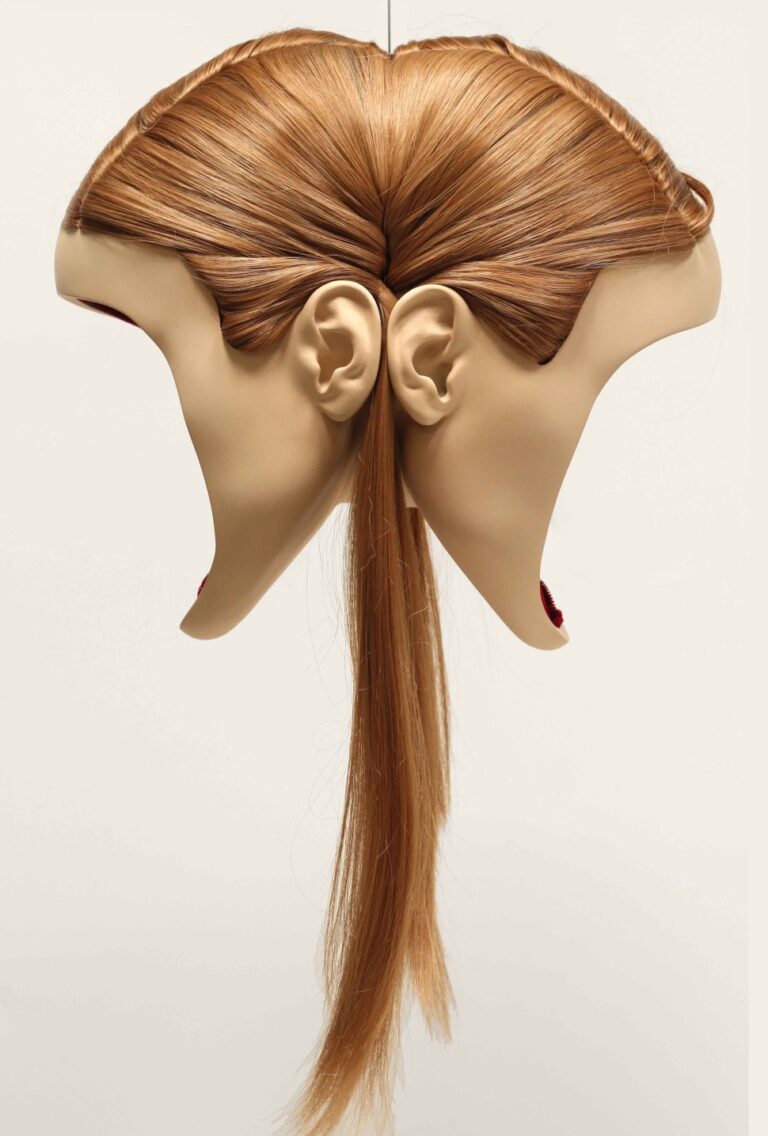The Disquieting [O Inquietante]
It is an essentially human characteristic to be touched by the unfamiliar. Of an ambiguous nature, in the wake of our deepest concerns, astonishment is often replaced by the most irresistible attraction. Therein lies the genesis of our discomfort: the disquiet in the face of the dark that reveals itself in ourselves.
Studied in depth by psychoanalysis, the subject finds its widest discussion in “The Disquieting”, a homonymous text by Sigmund Freud published in 1919. The essay discusses possible encounters with the stranger, situations in which we are confronted with something that we once knew and for some reason was left hidden. For Freud, fiction and the arts are presented as means to promote this reunion, at a time when the boundaries between reality and fantasy are erased. In the original German title, “Das Unheimliche” – which has no equivalent translation in Portuguese – the term refers to “home” and “secret” simultaneously, highlighting its ambivalent character. This well-known sensation of the “strangely familiar” would be installed precisely from this state of intellectual uncertainty.
Who has not been amazed by inanimate objects that give the impression that they could be endowed with autonomous life? Or even with the silence of the masks, which in their depths seem to communicate the most monstrous messages? And the conflicting relationship with the mirror, our “double”, in the clash between the affirmation and the questioning of the image we make of ourselves? Finally, the dilution of the divide between the genres, the ultimate frontier of contemporary discussion and still causing deep discomfort. In any case, it is right to say that they are all aesthetic experiences that capture us – whether for their theme or the materials and surfaces used – with all the force of attraction that the territory of the non-familiar exerts, a discomfort that is born from a break in the reassuring rationality of everyday life.
This is not a new theme, it has been present throughout the History of Art: from the bizarre scenes of Hieronymus Bosch to Surrealism, which found theoretical basis in the repertoire of repressed images as an expression of the unconscious, dreams and countless other Freudian theories. concerning the fear of castration, fetishes and the sinister.
The purpose of this group exhibition is to make a historical cut in order to investigate parallels to these diverse processes in the visual arts, an important exercise in a world of mass and standardized relationships – even in a context marked by conflicts and polarizations. Beyond idealism and metaphysics, the work of art can internalize these conflicts and elaborate them as an aesthetic experience. By causing perception disorders and disturbances through shock, it evokes the necessary estrangement that should guide the conditions of perception of reality, since it is in itself antagonistic in essence, marked by unresolved impasses that are constantly potentiated.




